8 Great Dog-Friendly Trails in Alabama

Having a blast at Moss Rock Preserve, Alabama.
Ask any outdoors-loving dog-owner: Hikes are much more fun when Fido comes along. Whether they love sniffing under every rock and root along the trail or running free in the local dog park, there’s no better way to strengthen the bond between dog and owner than exploring the outdoors.
To that end, here are eight amazing dog-friendly trails in Alabama—including easy outings, scenic excursions, and dedicated dog parks—where young pups and grown dogs alike can get a taste of the outdoors.
Unless otherwise noted, keep your canine companion leashed up within the following parks and forests. Some parks offer off-leash areas or other dog-friendly accommodations, but the rest welcome dogs—as long as they’re on leashes.
Moss Rock Preserve

With 12 miles of trails forming a loop throughout the 349-acre Moss Rock Preserve, you and your four-legged friend are sure to find more than a little scenic beauty along the way.
Red Trail is one of the most popular hikes in the park, thanks to its distance (less than a mile), lack of elevation gain, and scenic views (including a picture-perfect crossing over Hurricane Creek, which flows through the park).
Elsewhere, Moss Rock Preserve hosts an unusual sandstone glade, where a variety of plants (including trees, grasses, and flowers) grow in between rocks—looking less like a natural forest than a martian landscape—and subsist on the meager rainfall they get each year. Some of the pine trees here are more than 200 years old.
Ruffner Mountain Nature Preserve

With more than 1,000 acres to explore and 14 miles of interconnected trails to enjoy, Ruffner Mountain Nature Preserve is something of a “choose-your-own-adventure” outing not far from downtown Birmingham. Interested in history? Native flora and fauna? Instagram-worthy city views? Ruffner Mountain has it all.
Along the way, you’ll catch glimpses of Ruffner Mountain’s mining past; the area was the site of mining operations between the late 1800s and the 1950s, and numerous trails traverse old mining sites. The 1.2-mile Quarry Trial, for instance, visits a limestone quarry where fossils remain embedded in the rock. Elsewhere, check out the Overlook Trail for unparalleled views of downtown Birmingham.
Adding to the Fido-friendly vibe: No bikes or cars are allowed on Ruffner Mountain Nature Preserve’s trails, improving safety and giving dog owners peace of mind.
Mobile Botanical Gardens

The Mobile Botanical Gardens offers not just displays of well-manicured plants and flowers, but an up-close look at the Gulf Coast environment—all without ever leaving the city.
At more than 100 acres, Mobile Botanical Gardens is home to numerous trails that wind through the Rhododendron Garden, Japanese Maple Garden, Herb Garden, Fern Garden, and more.
(Note: The gardens are undergoing a $150,000 renovation throughout summer 2016. Parking might be limited, and some trails may be closed as workers create new walkways, upgrade the parking area, and more.)
Vulcan Trail

Following the ridge of Red Mountain, the two-mile Vulcan Trail out-and-back delivers natural beauty, impressive views, and a glimpse at the region’s history.
Trees line the Vulcan Trail’s wide path and part on occasion to reveal breathtaking glimpses of downtown Birmingham and other nearby mountain ridges.
The Vulcan Trail also follows the path of an old railroad corridor; Red Mountain was the site of iron ore mining operations between the late 1800s and early 1900s, and relics and ruins from the mountain’s hardworking history can be found along the trail today.
Talladega National Forest

Talladega National Forest was established in the 1930s as part of the United States’ New Deal. In doing so, the land was rescued from heavy logging; some 80 years later, the forest bears little resemblance to what had been acquired decades ago. Today, hikers can traverse trails throughout the forest’s roughly 400,000 acres and check out several gorgeous waterfalls.
Cheaha Mountain, the tallest point in the state at just over 2,400 feet, hosts a creek that eventually becomes the 30-foot Cheaha Falls (accessible via the six-mile Chinnabee Silent Trail). The hike to Cheaha Falls is easy enough, with mostly flat terrain, but keep your dog on a leash near the falls, where slippery rocks and a steep drop-off are dangerous. Elsewhere, High Falls can reach 300 feet wide at peak water flow; the hike to the falls is fairly steep, but stairs are available to help out tired hikers and tuckered pooches.
Little River Canyon National Preserve

Named for the river that flows along the top of Lookout Mountain, Little River Canyon National Preserve delivers a torrent of natural diversity. The park, nestled in the Southern Appalachians, hosts immense forests, cascading waterfalls, one of the deepest canyons in the region, impressive boulders, sandstone cliffs, and more.
Hiking options are numerous, and given the short lengths of some of the park’s trails, hikers can pick and choose their favorites for a fun day of exploration with their pup.
The Canyon Mouth Picnic Area promises an easy, flat one-mile hike, with views of the Little River Canyon. The 1.24-mile Beaver Pond Trail, meanwhile, leads to a pond dammed by beavers. The mostly-level hike is popular with birdwatchers, as well. Hikers can also take a boardwalk to the base of Little River Falls, with an offshoot trail that leads to nearby Martha’s Falls.
Note: The park’s Eberhart Point Trail is not recommended for pets, owing to the rugged nature of the hike and steep boulders that hikers must navigate along the way.
Gulf State Park
Dogs can’t enjoy the three miles of white sand beaches at Gulf State Park, but the park nevertheless deserves plenty of plaudits for its attention to man’s best friend.
Leashed dogs are allowed on the more than 15 miles of trails that comprise the park’s Hugh S. Branyon Backcountry Trail system. The park’s trails lead through six different ecosystems, including a maritime forest, sand dunes, wetlands, and lakes. (Dogs may also hang out in the park’s campground and picnic area, provided they remain leashed.)
Itching to let Fido roam free? Unleashed dogs can run around and take a dip in the Dog Pond at Lake Shelby. (Note that Lake Shelby hosts a variety of wildlife, which includes alligators. Keep a sharp eye out while playing fetch around the water.)
The park also rents several cabins and cottages, some of which are dog-friendly.
Red Mountain Park

At 1,500 acres and just minutes from downtown Birmingham, Red Mountain Park is one of the nation’s largest urban parks.
Developed on the site of an iron ore mining site and offering 14 miles of hiking trails along the Red Mountain ridge, the park promises something for everyone—including hikers with their pups. Six of the park’s 1,500 acres have been set aside specifically for four-legged friends. Remy’s Dog Park offers separate off-leash areas for small and large dogs, as well as a wide open field so Fido can burn a few calories, too.
Other hiking opportunities range from a flat, two-mile out-and-back trail to a 6.5-mile, round-the-mountain trail that heads to Grace’s Gap Overlook. On the way to Grace’s Gap, hikers can check out old mining ruins that remain on the mountain.
Ready to be outdoors this Summer to celebrate National Camping Month? We have the camping + outdoor gear you need to get you on the trails! Not quite ready to commit to all of the gear? We get it! Click here to learn more about our Rental Program for your next trip! We want everyone to enjoy the outdoors, and we work to build loyalty one connection at a time. Visit one of our stores or take advantage of our shipping or curbside pickup! #BeOutdoors
Written by Matt Wastradowski for RootsRated in partnership with Blue Cross Blue Shield of AL and legally licensed through the Matcha publisher network. Please direct all licensing questions to legal@getmatcha.com.
Featured image provided by Rob Briscoe
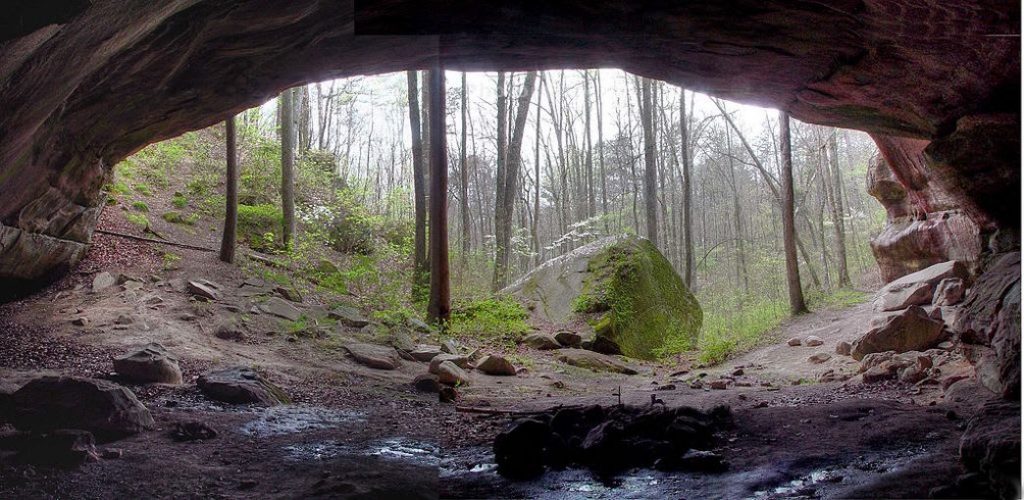





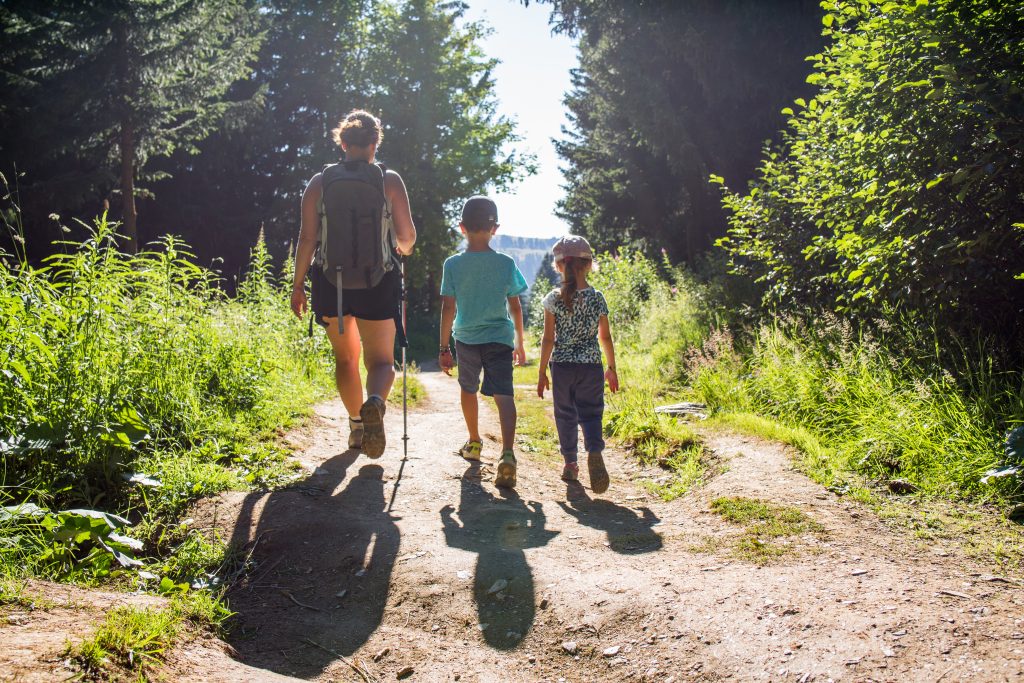
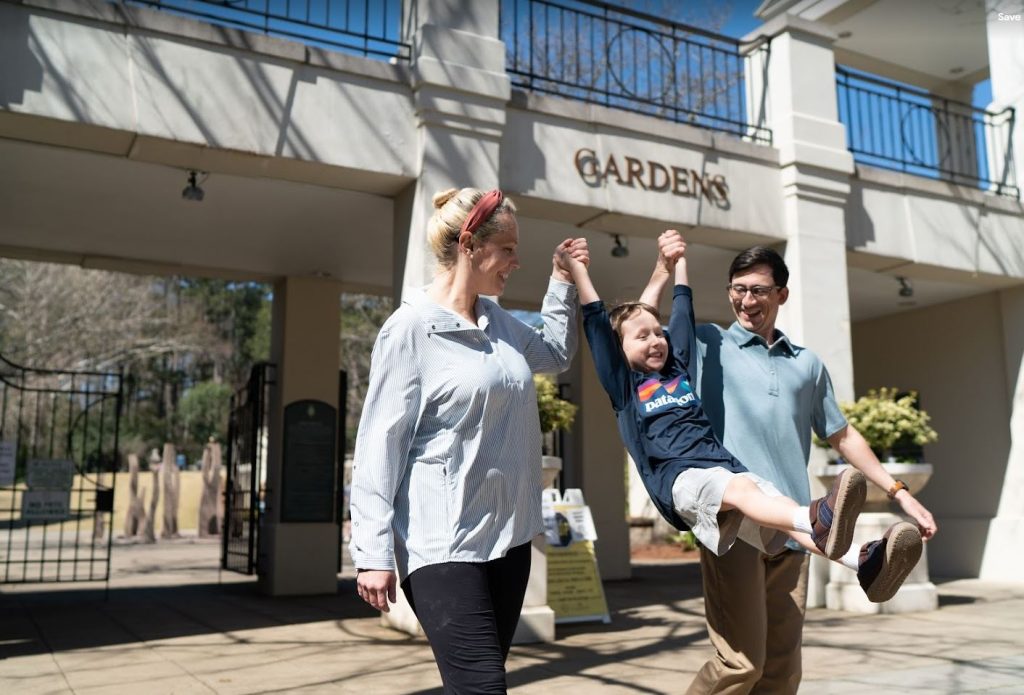

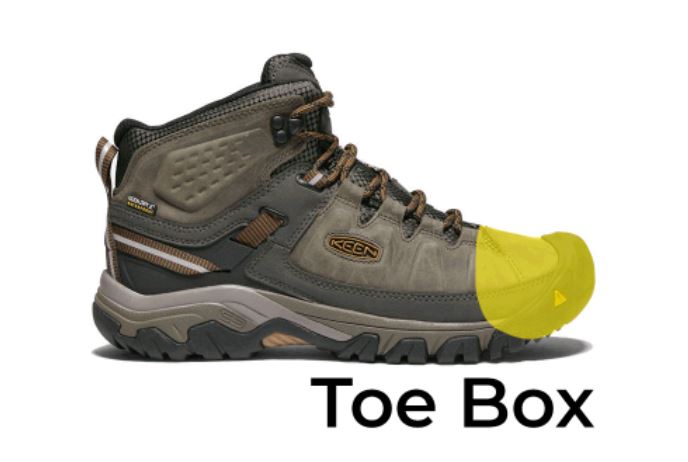
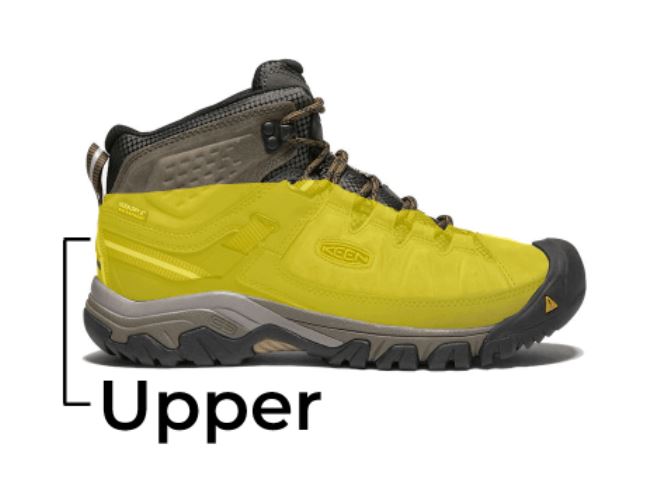
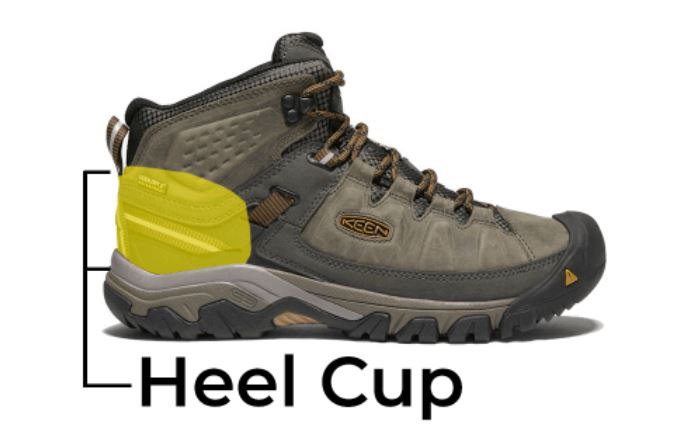

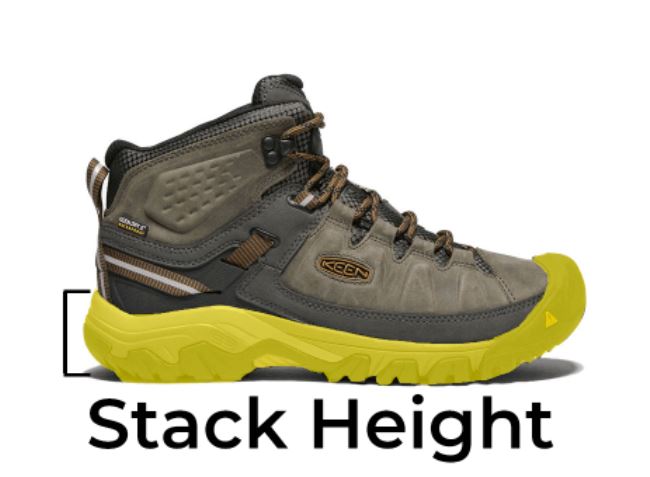








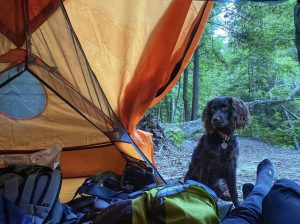
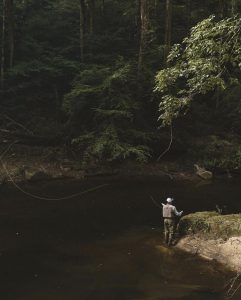
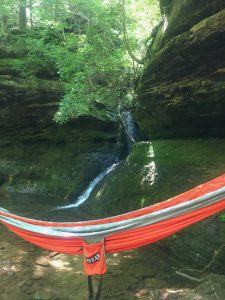




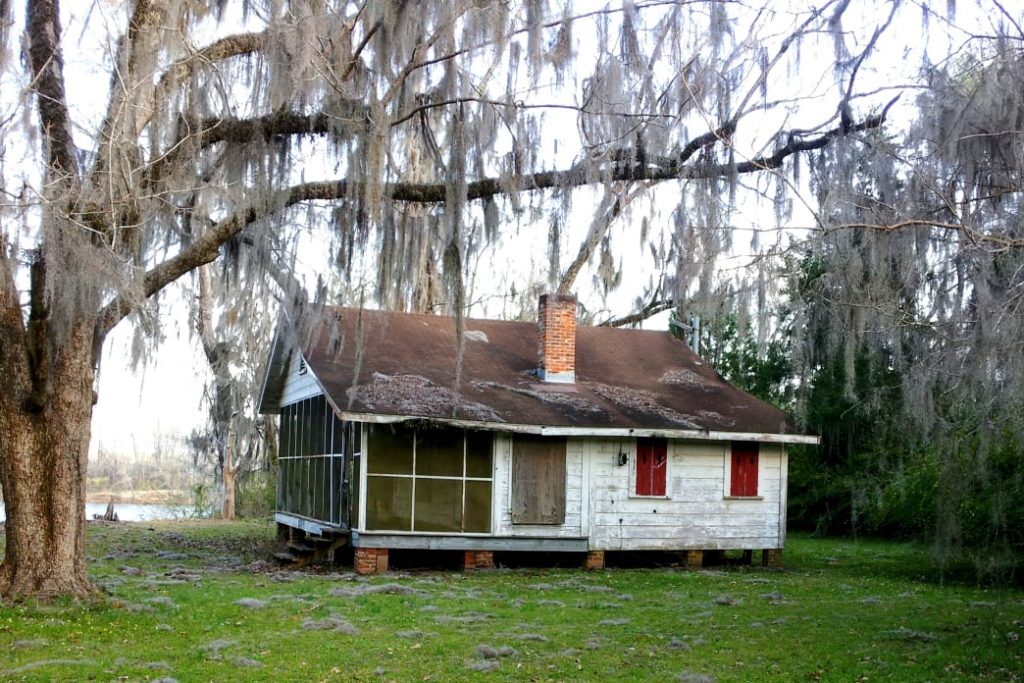

 Witnesses say that if you are near the fort in the evening you can hear screams.
Witnesses say that if you are near the fort in the evening you can hear screams. 
 Hike Nancy’s Mountain and you might catch a glimpse of Nancy herself.
Hike Nancy’s Mountain and you might catch a glimpse of Nancy herself.